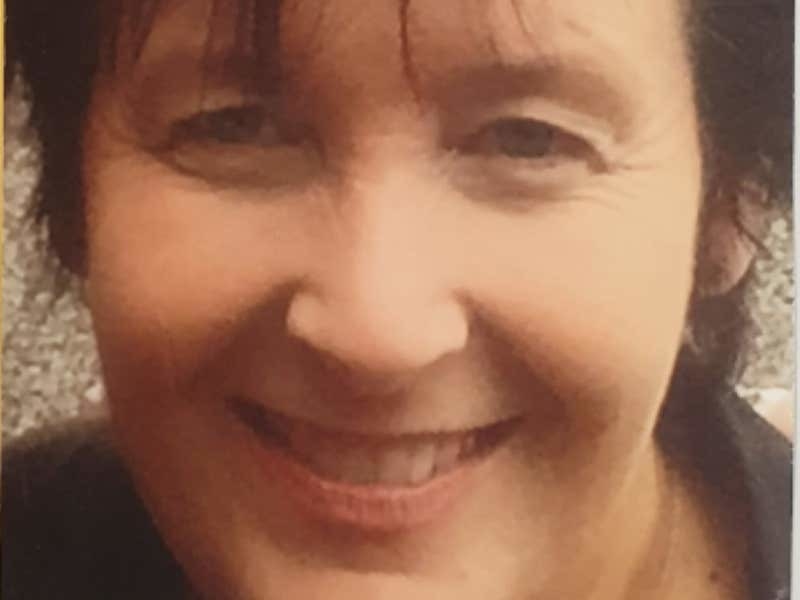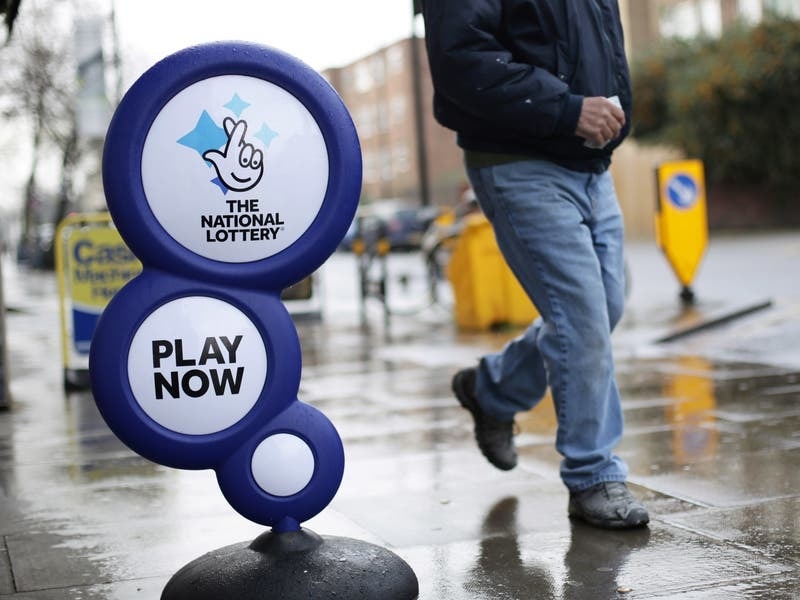Authorities fear that as many as one in 20 children in the Island will be victims of sexual abuse before they turn 18 but the number of those coming forward to access help and support remains low.
Jersey’s sexual assault referral centre, Dewberry House, has supported 221 victims since it opened in 2017 however SARC co-ordinator Laura Osmand says the number of children they have seen is fewer than 20.
Ms Osmand said the SARC, which is based at 6 Plaisance Terrace on Route du Fort, supports many adults who have been victims of abuse as children but, because of the passage of time, have suffered with all the physical and emotional trauma of their ordeal for years, if not decades.
Dr Deryn Evans, a forensic medial examiner, said: ‘We see lots of adults abused as children coming forward to get help but statistics show that if they come through earlier their prognosis is much better. We must reach our target audience earlier.’
A new child sexual abuse pathway has now been unveiled, which aims to ensure agencies such as Health, Education and Children’s Services work better to identify signs of abuse and get victims the right help.
Islanders are also being called on to report any suspicions or concerns they have to the Multi-Agency Safeguarding Hub on 519000 or the States police on 612612.
Dr Evans added that there have been times when signs of child sexual abuse have been ‘overlooked or missed’.
‘It’s such a horrible thought that it could happen in a place like Jersey, people try to dismiss it. But we need to have this in the forefront of our minds as a community. I think people are really shocked when people see the numbers in Jersey but, although Jersey is a safe community, these crimes happen here,’ Dr Evans said.
Dr Peter Green, designated lead doctor for child safeguarding in Jersey, was appointed to his role after the conclusion of the Independent Jersey Care Inquiry. He said when he first arrived agencies were not working together enough.
‘The bottom line is we are pretty certain we are not getting the reports we should be. That is why we want the SARC to be known about. This is not about police investigations, it is about care,’ he said.
‘The majority of these crimes against children happen in families, stranger rape and sexual assault is unusual, and that is why it’s easy to hide. We need to be better at identifying young victims.’
Jersey’s SARC has appealed for funding of up to £2.3 million to continue its work and move to a new purpose-built facility, as reported in Thursday’s JEP, which would bring all agencies required to support victims of sexual abuse or rape, particularly children, under one roof.
Part of the funding would also be used to employ two child-specific independent sexual violence advisers.
Ms Osmand said the current facility was ‘not fit for purpose’. As an example, she said that disabled children were vulnerable to being victims of sexual abuse. The current building is not wheelchair accessible.
Figures released to the JEP show that since 2016 there have been 140 reports of rape in the Island with 22 cases being brought to court. Ms Osmand said the ‘daunting prospect of the criminal justice system’ can put victims off from pursuing their cases further.
Detective Superintendent Alison Fossey said the force want to see more cases get to court and more offenders brought to justice but she said priority number one was giving victims the help and support they needed.
‘The really critical and important thing is this facility is not about police it’s about the victim. I speak from a police perspective of course and I would love to see more cases go through the criminal justice system but I understand many won’t ever see court, that’s why we must and we are providing that extra therapy and support to adults and children,’ she said.
‘The NSPCC say one in 20 children suffer sexual abuse. That’s UK figures but we have no reason to think it’s any different here in Jersey. We know most children don’t report and those who do can get varying responses from professionals, that’s why this pathway is created, to make sure every agency knows the signs and what to do.’






